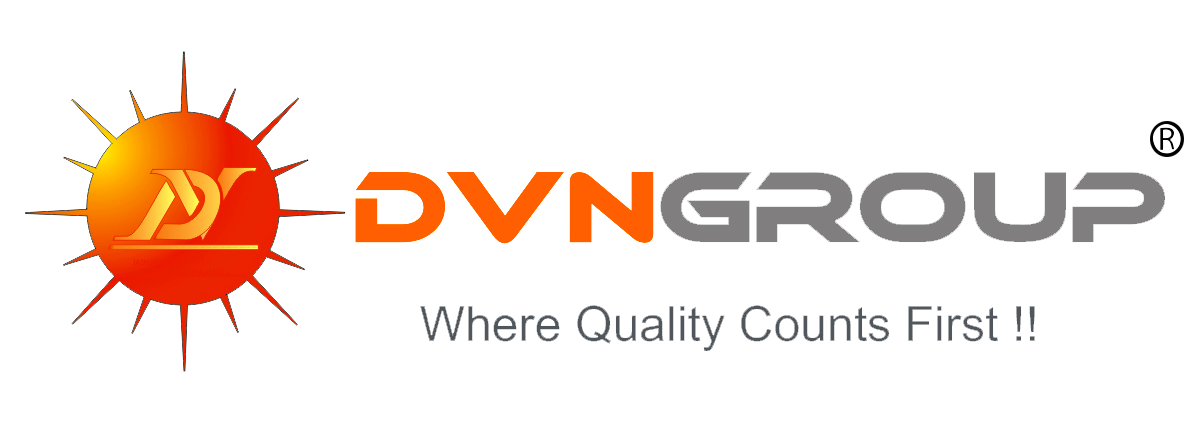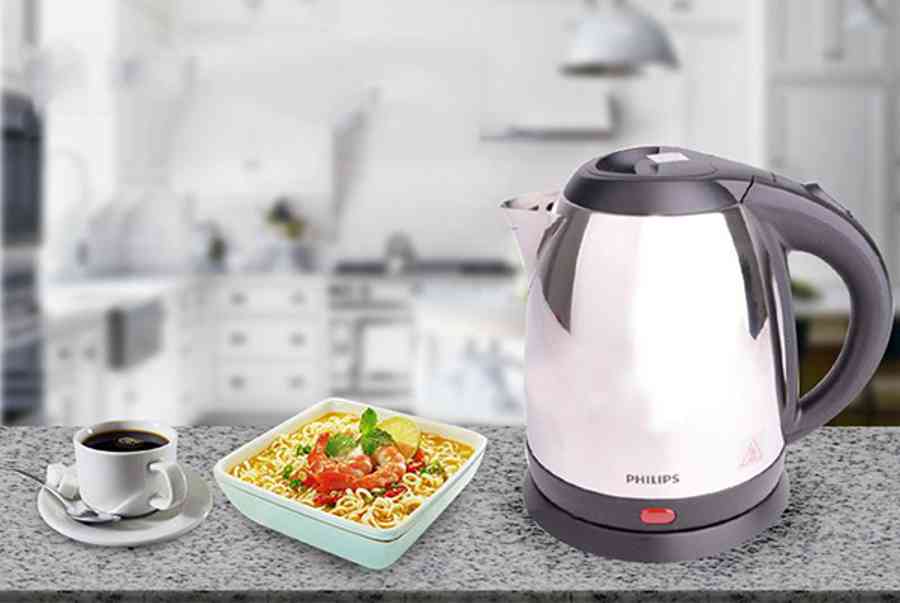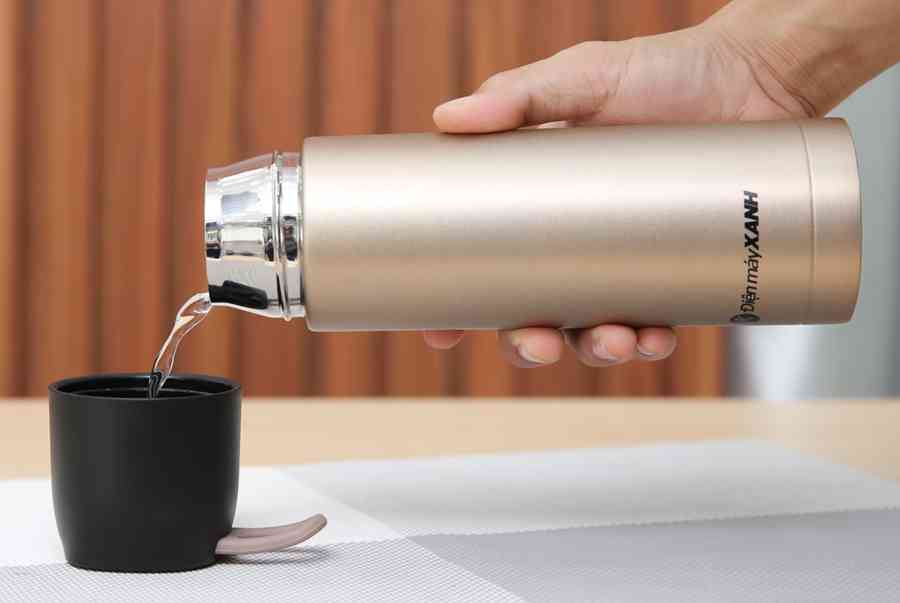Asus ZenPad Z8 Review
The Asus ZenPad Z8 ($249.99) is a new Verizon-exclusive Android tablet that closely resembles last year’s ZenPad S 8.0. The Z8 has the same sharp, 8-inch 2K display and a similar design as its predecessor, along with some key upgrades like a more powerful Qualcomm Snapdragon 650 processor. It’s held back by limited internal storage and a heavy UI layer, but its relatively affordable price makes it a good option if you need a tablet with cellular connectivity. Otherwise, the Nvidia Shield Tablet K1 remains a stronger pick overall and our Editors’ Choice for small-screen Android slates.
Design, Display, and Connectivity
Despite its plastic build, the ZenPad Z8 feels quite sturdy. It has a textured, grippy black back panel and gray polycarbonate sides. On the right you’ll find a clicky volume rocker and a power button. The left side houses SIM and microSD card slots protected by a flap; the microSD slot worked fine in testing with a 200GB SanDisk card. You’ll also find a USB-C charging port on the bottom and a 3.5mm audio jack up top.
The tablet measures 8.1 by 5.4 by 0.3 inches (HWD) and weighs 11.0 ounces. That’s almost identical to the ZenPad S 8.0 (8.0 by 5.3 by 0.3 inches, 10.5 ounces), but thinner and lighter than the Nvidia tablet (8.7 by 5.0 by 0.4 inches, 12.5 ounces). It’s a comfortable size to hold with a single hand for an extended period of time.

Asus was smart not to mess with the tablet’s 7.9-inch, 2,048-by-1,536 IPS display. The panel produces rich, vibrant color and has great viewing angles. It’s not quite as bright or as saturated as the 8-inch Samsung Galaxy Tab S2 (which has the same resolution), but it’s sharper than the K1’s 8-inch, 1,920-by-1,200 panel. It’s great for watching videos, playing games, and reading, but the screen is fairly reflective, which can be troublesome if you want to use it outdoors. You can adjust color temperature and color mode in the display settings to suit your preferences, but there’s no Outdoor mode to really pump up the brightness.
Unlike most midrange tablets, the Z8 supports cellular connectivity. It has LTE bands 2/4/5/13, which allow you to take advantage of Verizon’s comprehensive LTE network. I had no trouble connecting throughout midtown Manhattan, and recorded strong download speeds ranging from 15 to 20Mbps depending on my location. Of course, this means you’ll need a service plan with Verizon in order to use the tablet, which is part of the reason this costs more than a Wi-Fi-only tablet you can simply connect to your phone’s hotspot. The Z8 also supports dual-band Wi-Fi and Bluetooth 4.1.
Processor, Battery, and Camera
The tablet is powered by a Snapdragon 650 processor and scored 66,898 on the AnTuTu benchmark, which tests overall system performance. It’s a big jump over the ZenPad S 8.0 (45,891), which uses an Intel Z3560, but it can’t quite match the gaming-focused K1 (73,626), which is powered by Nvidia’s Tegra K1 chipset that helps it excel in 3D and graphics tests.
In terms of general performance, the Z8 has 2GB of RAM, which lets you do some multitasking, but if you try to run too many games and resource-heavy apps at one time, it’ll start to get sluggish. The heavy custom UI layer doesn’t help, either, but I’ll discuss that more in a bit. You can play games like Asphalt 8, but the controls sometimes feel unresponsive. On the plus side, the fairly loud front-facing speakers are good for gaming and video.

Battery life is average. Despite having a power-hungry high-resolution screen, the Z8 only has a 4,680mAh battery. It lasted 4 hours and 30 minutes in our rundown test, in which we stream full-screen video over LTE at maximum brightness. By comparison, the K1 lasted 6 hours and 13 minutes, which makes it a better choice for long trips.
The Z8 has a decent 8-megapixel rear camera that’s capable of recording 1080p video at 30 frames per second. It takes clear pictures with minimal noise in good lighting, but there’s no optical image stabilization, so you may experience some blur. Lower light conditions resulted in grain and issues with autofocus in testing, but this is something even top-tier cameras struggle with. The 2-megapixel front-facing camera is noisy, but sufficient for video chat.
Software
The tablet comes running Android 6.0.1 Marshmallow, with the heavily customized ZenUI running on top. ZenUI alters app icons, the lock screen and notification shade, and adds a customized weather widget. It also crams the Settings menu full of new features and toggles. Bluelight Filter adds a color filter over your screen to improve visibility under fluorescent lighting, though it didn’t seem to make a difference in my tests. ZenMotion gives you access to a number of gesture controls. And there are a variety of Power Saver options. You’ll also find a good deal of bloatware including Amazon, Audible, Cloud, IMDb, Kindle, Message+, My Verizon Mobile, and Quick Memo apps, none of which can be uninstalled.

All of these software features and apps leave you with a paltry 6.6GB out of a total 16GB of internal storage. It’s a lot less than the 11.2GB the K1 has out of the box, but the microSD card slot is a saving grace. Android’s Adoptable Storage feature lets you use a microSD card like internal memory, so you can expand to your heart’s content.
Comparisons and Conclusions
You’ll be hard-pressed to find a solid cellular-enabled tablet in the same price range as the $250 Asus ZenPad Z8. The Samsung Galaxy Tab S2 costs twice as much, as does the Apple iPad mini 4. The iPad mini 2 is a slightly more affordable alternative, but it’s definitely showing its age these days and still costs more than the Z8.
If you don’t need LTE connectivity, then you have several great budget options. The Nvidia Shield Tablet K1 is our Editors’ Choice for its powerful processor, sharp display, long battery life, and affordable price tag. If you want to spend even less, we like the Amazon Fire HD 8 and the Amazon Fire. They won’t give you the sharpest displays or strongest performance, but they can handle most apps and light gaming for a lot less than the competition.
Asus ZenPad Z8
3.5
(Opens in a new window)
See It
$249.99
at Verizon
(Opens in a new window)
MSRP $249.99
Pros
View More
Cons
The Bottom Line
The Asus ZenPad Z8 for Verizon Wireless is a relatively affordable Android tablet with a sharp display and solid performance, but you’ll get more for your money elsewhere if you don’t need a tablet with cellular connectivity.
Like What You’re Reading?
Sign up for Lab Report to get the latest reviews and top product advice delivered right to your inbox.
This newsletter may contain advertising, deals, or affiliate links. Subscribing to a newsletter indicates your consent to our Terms of Use and Privacy Policy. You may unsubscribe from the newsletters at any time.
Thanks for signing up!
Your subscription has been confirmed. Keep an eye on your inbox!
Sign up for other newsletters






